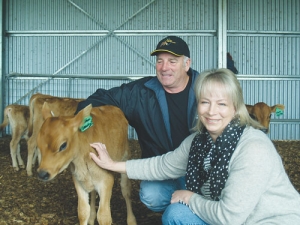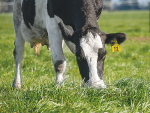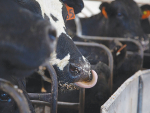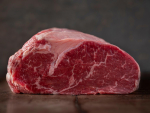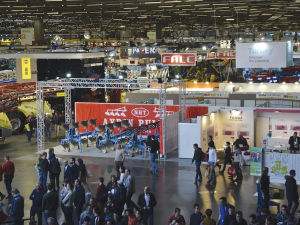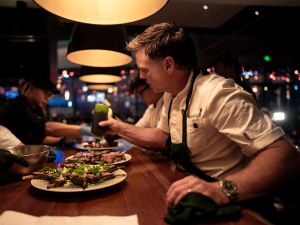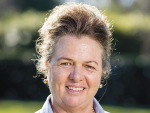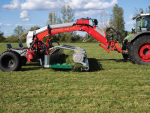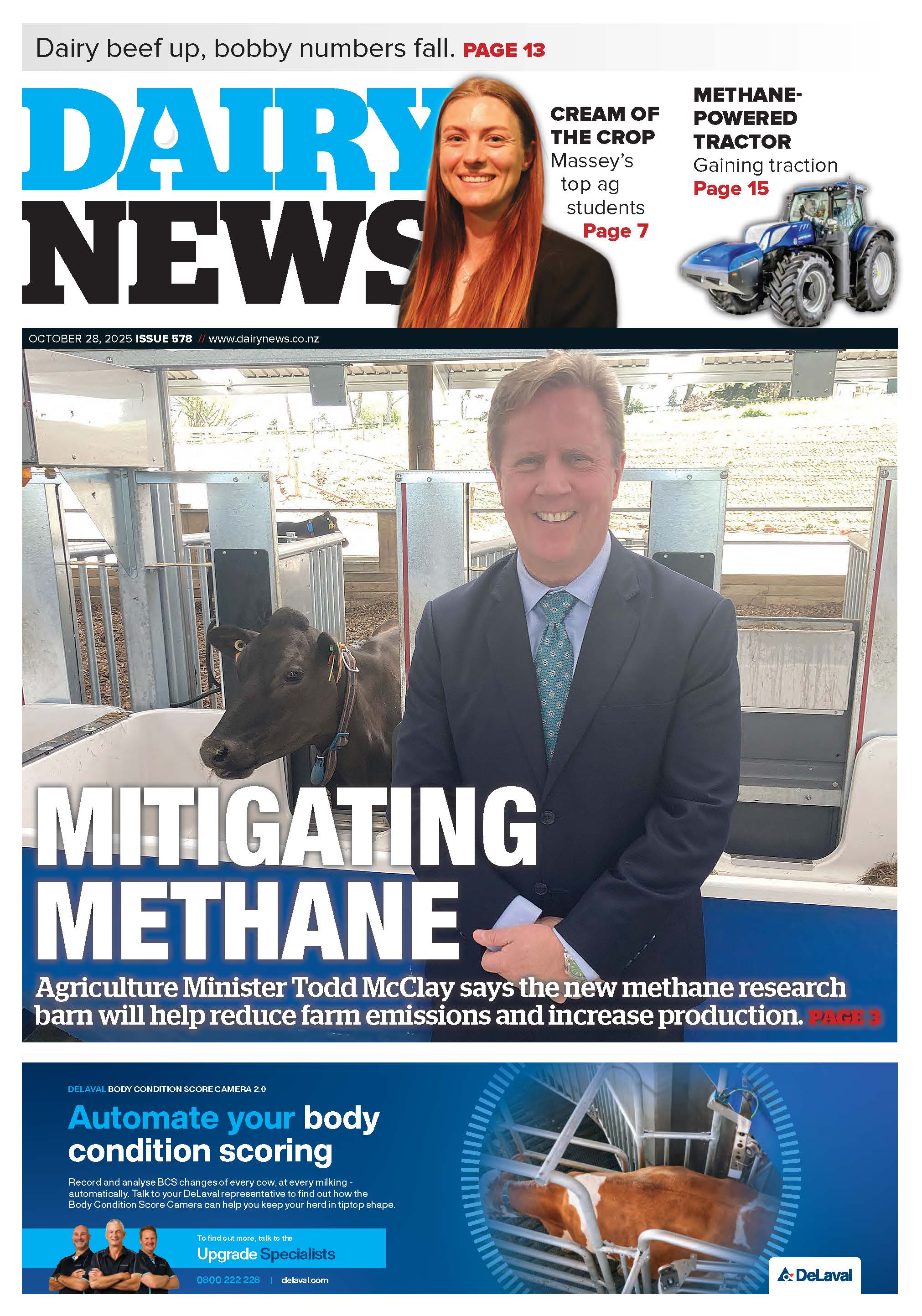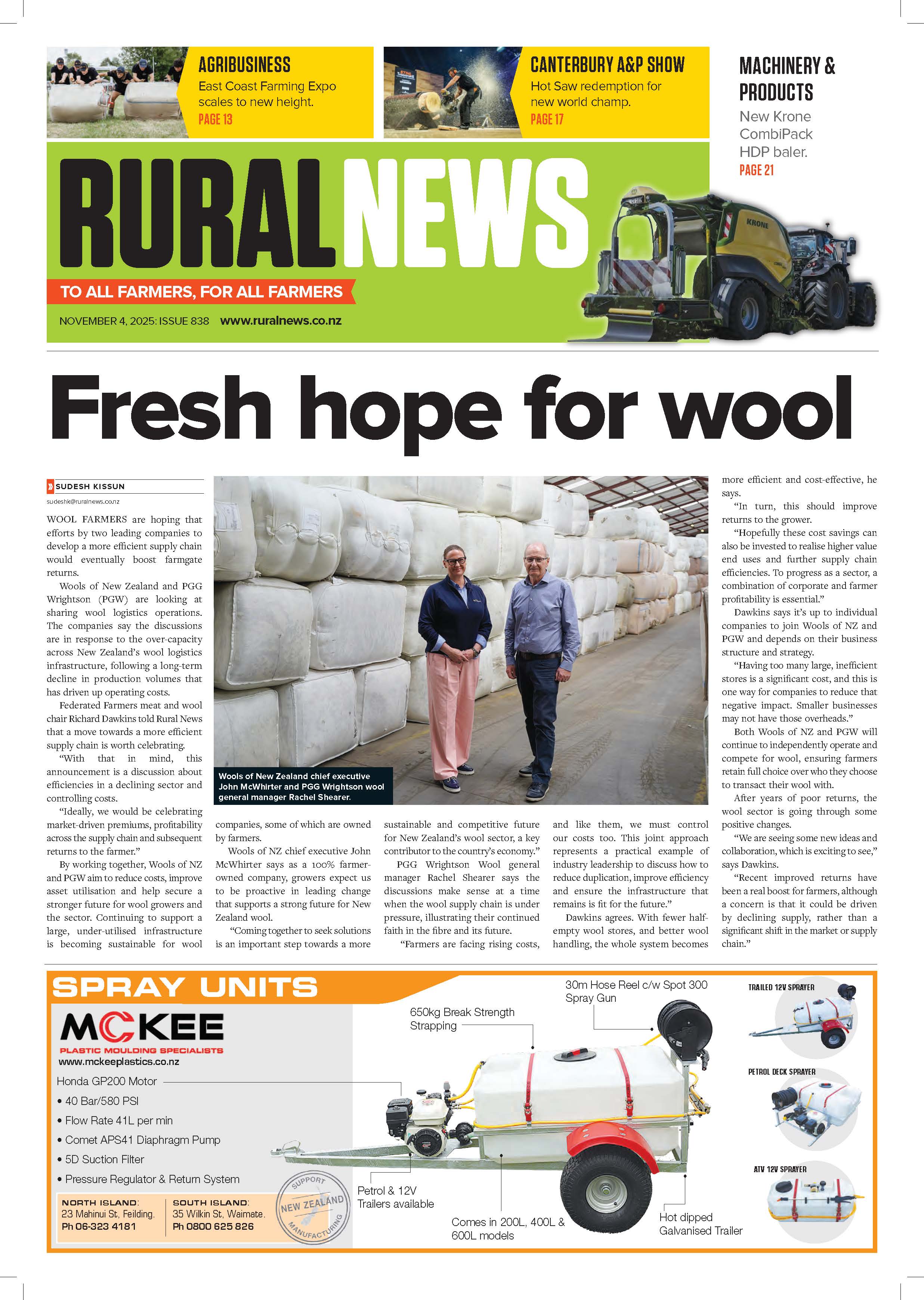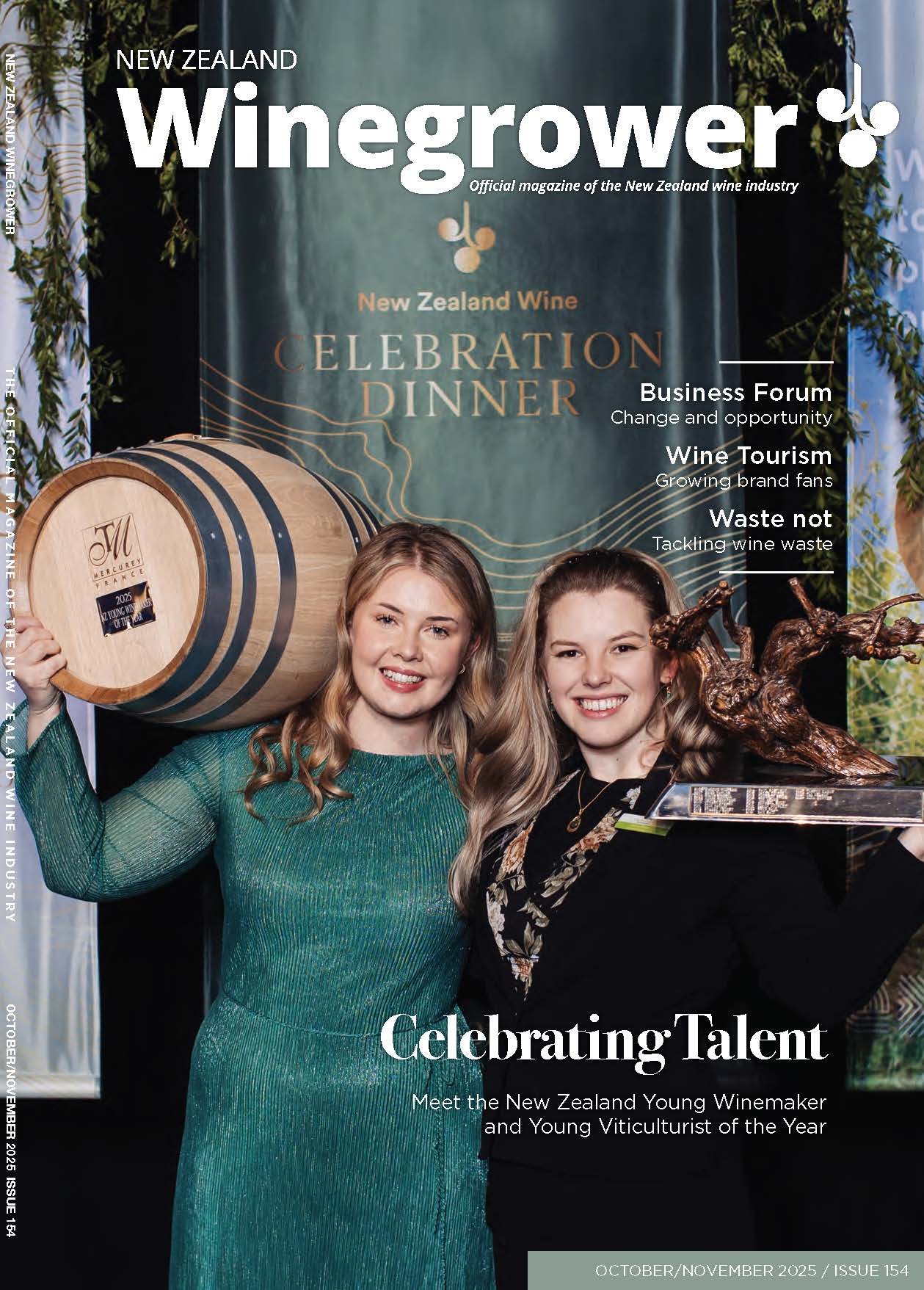So optimum feeding becomes a major item. The Saunders use Urban automatic calf feeders in three bays of the calf shed where the different groups, each of 24 calves, are treated individually as sensors read their ear tags.
The calves get the first eight hours of colostrum through the mothers, and are then taken to a manual feeder where they get colostrum only. “They are strong enough to be taken off after 24 hours,” Anthea says.
The calf milk replacer in the automatic feeder is critical and the Saunders worked with local vet Grant Nielsen, West Gippsland Vet Service, who oversees the farm’s calf management. They previously had problems with salmonella and E.coli.
“When we were looking at the calf milk replacers we wanted animal-derived components, not vegetable, because a calf’s digestive system then works better to get the best possible result. Probiotics are important too,” she says.
“They are fed milk at the right temperature at the right time, 1.5L at a time.
“We chose the MaxCare Ultimate formulation purely on its specifications – particularly the high protein and fat percentages. The calves make a better curd and it optimises the nutrient consumption and extraction from the feed.”
Milk powder maker Maxum Animal Nutrition has three formulas in its MaxCare calf milk replacer range: the Ultimate product contains the highest nutrient density on the Australian market (28% protein and 22% fat) plus probiotics, amino acids, vitamins and minerals.
“Calves are fed ad lib up to 10L/day for the first two weeks. The feeder allows them 1.2L per feed every two hours until they reach their quota for the day. From 2-10 weeks they are on 6L/day and then the milk allowance is cut to 2L at three months of age.
“Our calves look better than they did on whole milk. This formulation mixes well for the automatic feeders. There is no point in skimping; we need to get the best growth we can.
“I’ve reared calves for 30 years and I can tell how well they are doing. It’s important for one person to do that. We aim to grow our calves properly so they achieve their genetic potential as milkers.”
They get a feeding history for each calf through the auto feeding system computer.
The calves are on ad lib grain and water from birth, but no hay. “We believe the ‘scratch factor’ is more significant with grain feeding than hay.”
“Later they get about 2kg/day of grain from six weeks to weaning,” Anthea says.





